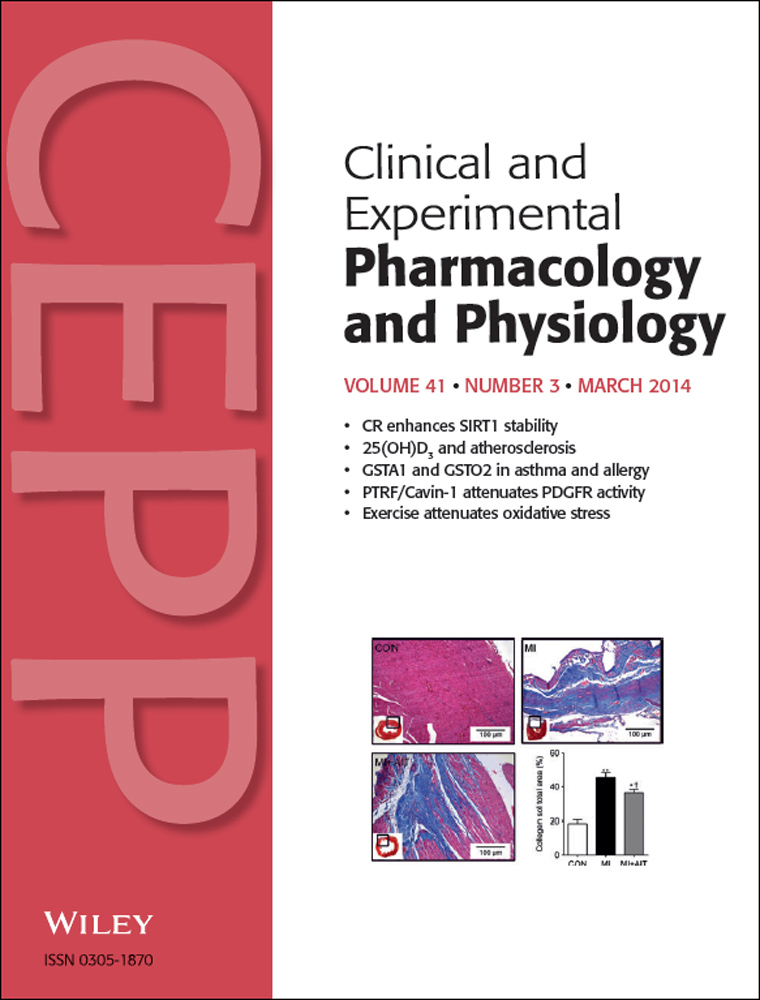Original Article
Enalapril attenuates ischaemic brain oedema and protects the blood–brain barrier in rats via an anti-oxidant action
Summary
- In the present study, we investigated the effects of postischaemic angiotensin-converting enzyme (ACE) inhibition with enalapril on vasogenic oedema formation and blood–brain barrier (BBB) integrity following transient focal cerebral ischaemia in rats.
- Cerebral ischaemia was induced by 60 min occlusion of the right middle cerebral artery, followed by 24 h reperfusion. Vehicle and a non-hypotensive dose of enalapril (0.03 mg/kg) were administered at the beginning of the reperfusion period. A neurological deficit score (NDS) was determined for all rats at the end of the reperfusion period. Then, brain oedema formation was investigated using the wet–dry weight method and BBB permeability was evaluated on the basis of extravasation of Evans blue (EB) dye. In addition, oxidative stress was assessed by measuring reduced glutathione (GSH) and malondialdehyde (MDA) in brain homogenates.
- Inhibition of ACE by enalapril significantly reduced NDS and decreased brain oedema formation (P < 0.05 for both). Disruption of the BBB following ischaemia resulted in considerable leakage of EB dye into the brain parenchyma of the ipsilateral hemispheres of vehicle-treated rats. Enalapril significantly (P < 0.05) decreased EB extravasation into the lesioned hemisphere. Enalapril also augmented anti-oxidant activity in ischaemic brain tissue by increasing GSH concentrations and significantly (P < 0.05) attenuating the increased MDA levels in response to ischaemia.
- In conclusion, inhibition of ACE with a non-hypotensive dose of enalapril may protect BBB function and attenuate oedema formation via anti-oxidant actions.




